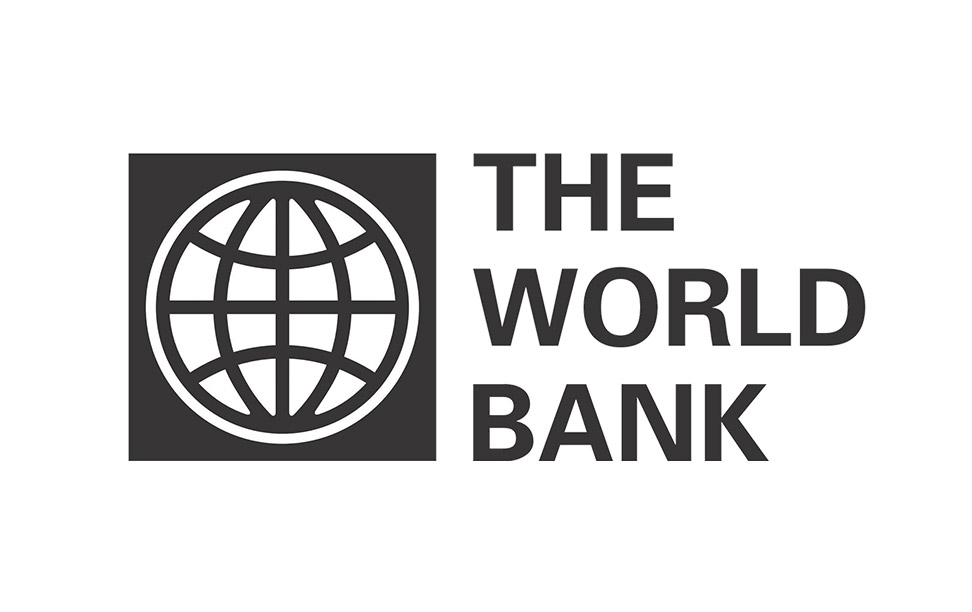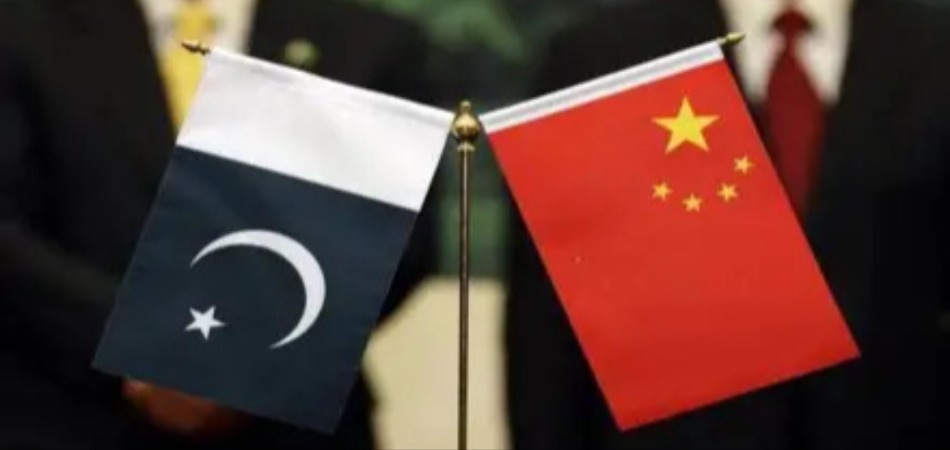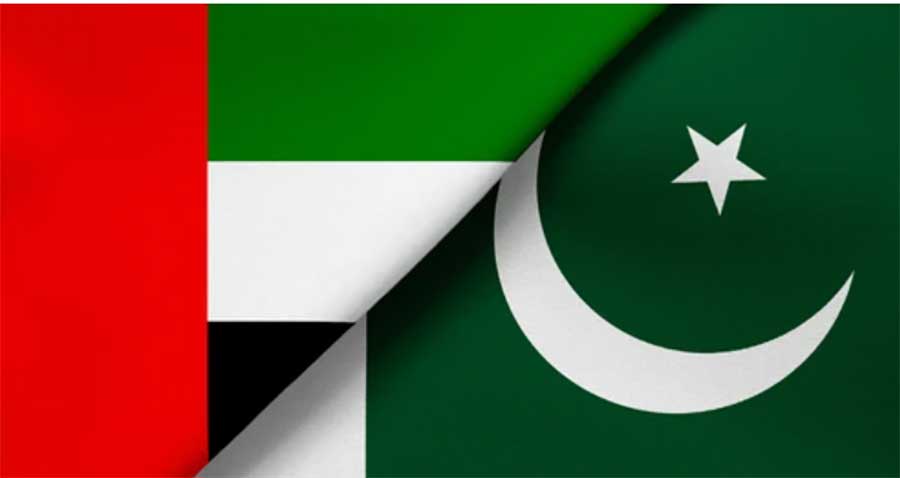Pakistan's poverty rate to ease in FY22: World Bank

MG News | October 08, 2021 at 04:28 PM GMT+05:00
October 08, 2021: The World Bank has projected Pakistan's poverty rate to ease from current 4.8% to 4.4% in Fiscal year 2021-22 and 4.0% in next fiscal year (2022-23).
The World Bank has set the extreme poverty line at $1.9 per person per day, however since 2017, the World Bank has also been reporting poverty rates for all countries using two new international poverty lines: a lower middle-income International Poverty Line, set at $3.20/day; and an upper middle-income International Poverty Line, set at $5.50/day.
According to a recent report released by the Bank, Pakistan's lower middle-income poverty rate would also decline from current 37% t0 35.7% in FY22 and 33.8% in fiscal year 2022-23.
Similarly the upper middle-income poverty rate has also been project to ease from current 77% to 76.2% in FY22 and 75% in next fiscal year.
In comparison the poverty rate in other regional countries is much higher than that in Pakistan.
The World Bank report titled "Shifting Gears: Digitization and Services-Led Development" noted that the international or extreme poverty rate in Bangladesh was 12.5% which would ease to 11.9% in next fiscal year.
Similarly lower middle-income poverty rate and upper middle-income poverty rate in the country is 48.9% and 82.1% respectively.
In India, the report added that the extreme poverty rate is 22.5% compared to 4.4% in Pakistan.
The lower middle-income poverty rate in India is 61.7%, the report added.
Likewise Nepal's international poverty rate is 15% while its lower middle-income and upper middle-income poverty rate is 50.9% and 83.0% respectively.
While in Sri Lanka the international poverty rate in o.9% and the lower middle-income and upper middle-income poverty rate is 11% and 42% respectively.
With respect to overall economic outlook of Pakistan, the report added that the output growth is projected to ease to 3.4 percent in FY22, but strengthen thereafter to 4.0 percent in FY23 with the implementation of key structural reforms, particularly those aimed at sustaining macroeconomic stability, increasing competitiveness and improving financial viability of the energy sector. Inflation is projected to edge up in FY22 with expected domestic energy tariff hikes and higher oil and commodity prices before moderating in FY23. Poverty is expected to continue declining, reaching 4.0 percent by FY23.
The current account deficit is projected to widen to 2.5 percent of GDP in FY23 as imports expand with higher economic growth and oil prices. Exports are also expected to grow strongly after initially tapering in FY22, as tariff reform measures gain traction supporting export competitiveness. In addition, the growth of official remittance inflows is expected to moderate after benefiting from a COVID-19 induced transition to formal channels in FY21.
APP
Related News
| Name | Price/Vol | %Chg/NChg |
|---|---|---|
| KSE100 | 138,597.36 256.32M | -0.05% -68.14 |
| ALLSHR | 85,286.16 608.38M | -0.48% -413.35 |
| KSE30 | 42,340.81 77.13M | -0.03% -12.33 |
| KMI30 | 193,554.51 76.19M | -0.83% -1627.52 |
| KMIALLSHR | 55,946.05 305.11M | -0.79% -443.10 |
| BKTi | 38,197.97 16.53M | -0.59% -225.01 |
| OGTi | 27,457.35 6.73M | -0.94% -260.91 |
| Symbol | Bid/Ask | High/Low |
|---|
| Name | Last | High/Low | Chg/%Chg |
|---|---|---|---|
| BITCOIN FUTURES | 117,670.00 | 121,165.00 117,035.00 | -1620.00 -1.36% |
| BRENT CRUDE | 69.23 | 70.77 69.14 | -0.29 -0.42% |
| RICHARDS BAY COAL MONTHLY | 96.50 | 0.00 0.00 | 2.20 2.33% |
| ROTTERDAM COAL MONTHLY | 104.50 | 104.50 104.50 | -0.30 -0.29% |
| USD RBD PALM OLEIN | 998.50 | 998.50 998.50 | 0.00 0.00% |
| CRUDE OIL - WTI | 66.03 | 67.54 65.93 | -0.20 -0.30% |
| SUGAR #11 WORLD | 16.79 | 17.02 16.71 | 0.05 0.30% |
Chart of the Day
Latest News
Top 5 things to watch in this week
Pakistan Stock Movers
| Name | Last | Chg/%Chg |
|---|
| Name | Last | Chg/%Chg |
|---|




 Weekly Forex Reserves
Weekly Forex Reserves